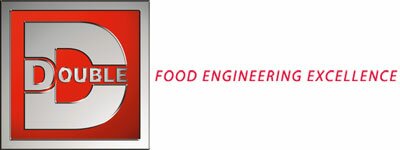New dual-benefit oil recovery system removes floating sediment and recovers up to 80% of reusable oil
JBT FoodTech has launched the world’s first Floating Crumb Removal (FCR) system aimed specifically at processors of tempura-battered product.
The new system, which can both remove very fine sediment and recover up to 80% of oil which is normally lost in the filter cake, is a breakthrough for processors of tempura-coated products such as chicken nuggets, fish and seafood, where used oil in the sediment would normally be discarded.
The system, which can also be used for flour-coated products, could save processors up to 170 tonnes of oil a year*.
Nigel Brunyee, systems manager, JBT FoodTech, explains.
“When oil is used for pre-frying battered or coated products, there are two types of sediment – floating and sinking. Unlike other manufacturers, our oil recovery systems remove sediment at the infeed end. So any floating sediment is removed and discarded along with large quantities of oil, while any sediment which has sunk is removed and discarded at the infeed.
“With this new system, the floating and sinking sediments are then put together at the outfeed in the form of a slurry. Significant quantities of oil are then extracted from the slurry through a Stein MX Filter. The high filtration capability on the MX Filter can efficiently remove material as small as five microns (μ) which sufficiently cleans the oil enough for it to be recycled.”
According to Brunyee, the cost benefits of the FCR system are considerable.
“If a producer processes 4,000kg of product per hour, he may use up to 400kg per hour of oil, which is absorbed by the product. Every 100kgs of floating sediment contains up to 80% oil. With this new system the total oil saving is 50%”
The Floating Crumb Removal system can be retro-fitted on JBT FoodTech’s range of Stein fryers. It is also possible to process both tempura and non-tempura products, including flour-coated products, on the same line.
*Estimate based on two 8-hour shifts, five days a week, using 350 litres of oil per shift




